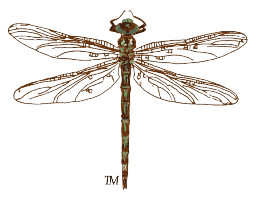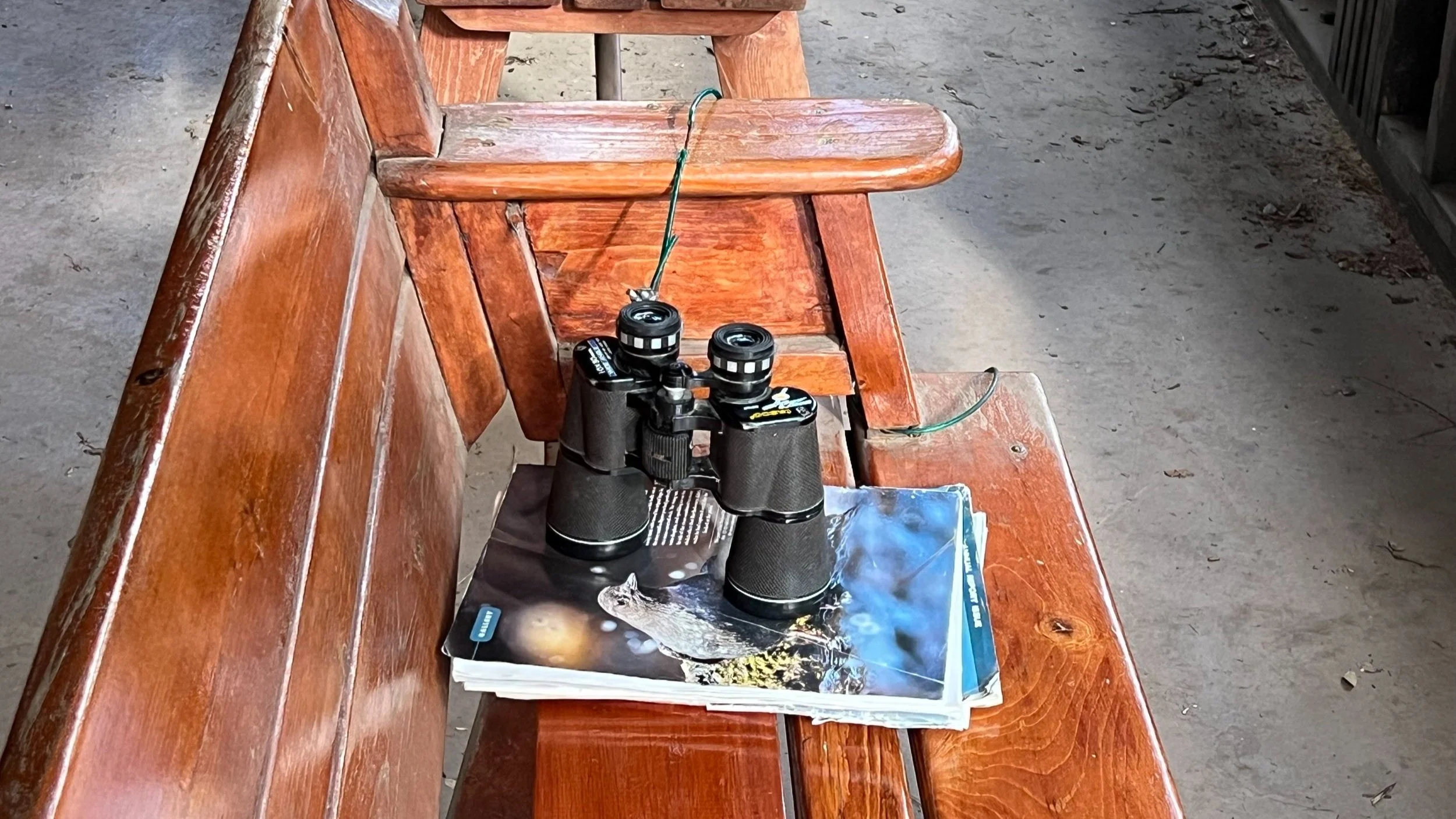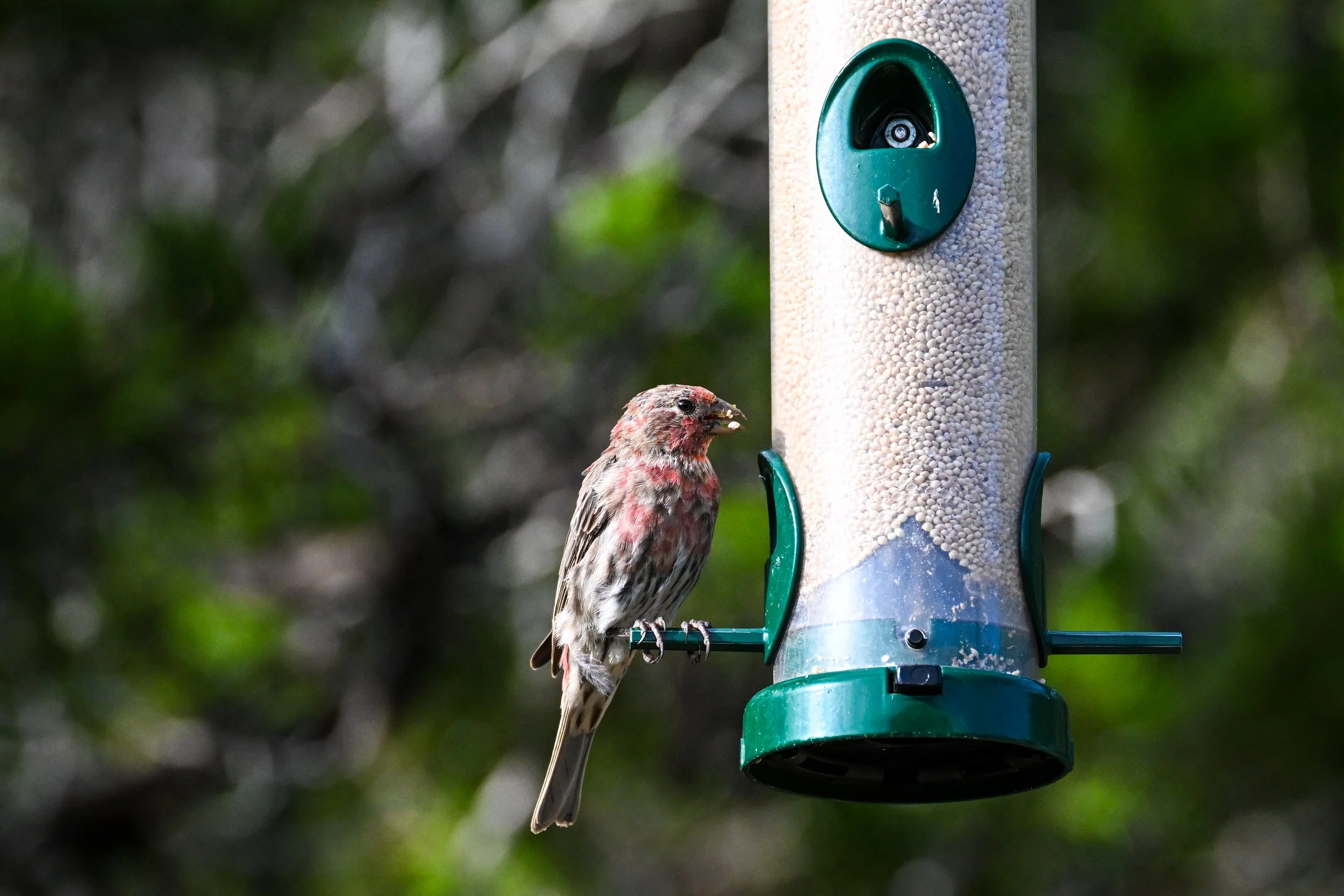Like Habitat for Humanity for Birds
Jon Craddit - San Marcos Greenbelt Alliance President, Jamie Lee Case - City of San Marcos Parks Department Director, Larry Calvert - Hays County Birding Project Coordinator and HCMN Treasurer, and Hays County Master Naturalists and San Marcos Greenbelt Alliance Members: Kenneth Dees, JoEllen Korthals, and Cindy Hobson. Photo courtesy Lance Jones
Samantha Youngblood and Betsy Cross
Building a Birding Network Across Hays County
He’s not a birder. He’s a builder. That’s Larry Calvert for you.
Larry is the longtime Hays County Master Naturalist treasurer and the driving force behind a decade-long effort to create a countywide birding network—one that now includes eight bird viewing stations and counting. With $30,000 in grants, sweat equity, and dozens of volunteers, he’s helped transform underutilized public spaces into vibrant birding destinations.
The project, officially known as the Hays County Birding Project (Project 1306), began in earnest in 2014 when the Hays County Commissioners Court commissioned the Master Naturalists to develop a sustainable birding environment. Their vision? To create a destination for birders both locally and nationally, supported by sound habitat management and in alignment with the County’s long-range plans.
Laying the Foundation
Before the formal launch, a team of nine Master Naturalists surveyed dozens of possible locations. With more opportunities than resources, they had to prioritize—but the momentum was there. The team was already working with the Wimberley Birding Society on a bird blind at Patsy Glenn Refuge and had started one at Charro Ranch Park in Dripping Springs. And when the county took over Jacob’s Well Natural Area in Wimberley, Master Naturalists built a bird blind there too.
Soon, the term “bird blind” gave way to “bird viewing station,” and the effort expanded. One of the most ambitious builds to date is at Dripping Springs Ranch Park. Constructed entirely by volunteers—none under the age of 70—the station required 24 posts and more than 40 80-pound bags of concrete. “It’s the most impressive one so far,” Larry said.
A Growing Network
Since then, bird viewing stations have gone up at Schulle Canyon Natural Area in San Marcos, Bunton Creek Park in Kyle, Wimberley United Methodist Church Natural Area, and Driftwood Natural Area.
Each station has become a hub for more than just birding. Trail systems, pollinator gardens, native plant restoration, nestbox trails, and rainwater harvesting efforts have followed in their wake. What started as a series of standalone projects has evolved into a rich, interconnected conservation network.
Where can I find the birding stations?
First, take a moment to explore the county map below to see where each of the eight birding stations is located. Then, enjoy a virtual walking tour through our photo gallery, showcasing the finished stations along with glimpses of the birds, water features, feeding setups, native plantings, and educational materials that make each site unique. Patsy Glenn Refuge remains a model site, combining birding with trails, pollinator gardens, a lagoon, a chimney swift tower, and rainwater catchment—a layered ecosystem and educational showcase.
Patsy Glenn Refuge
Charro Ranch Park
Jacob’s Well Natural Area
Dripping Springs Ranch Park
Schulle Canyon Natural Area
Bunton Creek Park
Wimberley United Methodist Church Natural Area
Driftwood Natural Area
Image Attributions
Hays County Birding map courtesy Beth Ramey
Photo gallery courtesy Hays County Master Naturalists: Tina Adkins, Larry Calvert, Mimi Cavender, Betsy Cross, Pat Heintz, Lance Jones, and Michael Meves
Community-Built, Community-Owned
Perhaps Larry’s greatest accomplishment isn’t the stations themselves—it’s the community built around them. Church groups, nonprofits, Eagle Scouts, city parks boards, and businesses like Wild Birds Unlimited have joined forces to make each site a reality. The funding model is simple: the HCMN project team contributes $1,500 in seed money, and city councils, parks departments, and private donations cover the rest—usually around $3,000 to $3,500 per station.
Each project has a local lead. “I don’t head up the construction,” Larry said. “I like identifying someone near the site who can recruit volunteers, find the materials, and manage the buildout.” It’s an approach that builds lasting local investment.
Looking Ahead
There are three more bird viewing stations in the pipeline for 2025. Construction is planned to begin in the cooler months, and each build takes roughly two to three months. Upcoming sites include:
River Recharge Natural Area (San Marcos) – with potential pollinator garden
Saint Stephen’s Episcopal Church (Wimberley) – led by HCMN Art Crowe
Stagecoach Park (Buda) – a collaboration with Eagle Scouts
Larry hopes to return to the Commissioners Court soon to share an impact report and make the case for continued support. The team also plans to share their model with other Texas Master Naturalist™ chapters—detailing how to design, fund, and build a birding network that grows roots in the community.
More Than Just Building
In almost every case, building the birding stations has given rise to trail construction, bird nestbox trails, native plant gardens, water harvesting stations, and pollinator gardens. The project has involved collaboration with other community organizations, such as churches in Driftwood and Wimberley, the Greenbelt Alliance in San Marcos, and Eagle Scout participation at multiple sites. Wild Birds Unlimited in Dripping Springs works with schools and provides gear, water facilities, and seed stocking for bird viewing stations.
Larry plans to share the success of the project as a catalyst for Hays County—now having three Bird City designations: Dripping Springs, Wimberley, and San Marcos.
So what’s kept Larry going all these years?
“I’m not a birder,” he says. “But I like building. It’s one of my retirement things.”
He’s built more than structures. He’s built momentum—bringing people together, strengthening habitat, and turning Hays County into a Bird City destination one bird station at a time.
In addition to his current work as HCMN treasurer and project coordinator for the Hays County Birding Project (Project 1306), Larry has also served as chapter president and co-director of training for the Hays County Chapter of Texas Master Naturalist™.























































